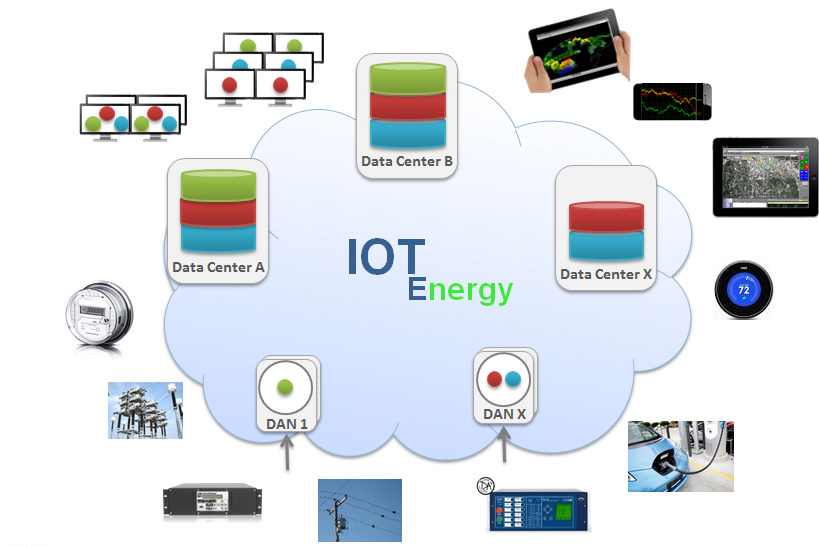

OSI's vision is a complete integration of all power systems and power grid apparatus, entire utility supply chain, production, transport and delivery processes, consumers and consumers' energy-using gadgets and appliances and any and all systems that contribute to the production or consumption of the electron. Currently, many disjointed processes and systems are used to manage this life cycle of production to consumption, with many inefficiencies and gaps impacting all involved. An inefficient process has eminent impacts on a utility company’s bottom line, reliability of service, cost to consumers, and most importantly, impact on the environment. In the not-too-distant future, millions of intelligent controllers, sensors and applications will be used to monitor, control, schedule, dispatch and optimize the flow of energy in a centralized and decentralized manner, taking into account not macro decision parameters, but micro decision parameters down to an individual consumer's real-time and forecasted actions. Here are some basic interesting concepts:
"IoT-E allows the flip of a single light switch to put into effect a process that signals all processes upstream to account, adjust for and start a chain reaction encompassing all sectors of the energy production, delivery, maintenance and supply chain. This is a simplistic explanation, but a correct one."
"With IoT-E, a Smart Home will be able to do surgical demand response management down to individual gadgets and appliances without indiscriminate load shedding or load control. The demand response will utilize the virtual power plant in terms of managed loads and managed supplies such as electric vehicle battery storage, etc."
"With IoT-E, consumers of the future can become a virtual micro power plant, offering their excess energy, stored energy or renewable generation into the grid. Systems must be able to schedule, control, monitor, dispatch, bill, etc. Grid reliability can be improved with intelligent management of consumer loads at the source."
"With IoT-E, asset management and maintenance for utility companies will be more automated and integrated with real-time operation. Condition-based monitoring of all apparatus’ and devices’ predicted usage will automatically assess and schedule maintenance at an optimal time to avoid impacting the reliability and stability of the grid. Remedial scenarios are evaluated and remedial actions dictated to grid operators, suppliers and consumers, and controllers in the chain of delivery, either implicitly or explicitly."
OSI has allocated a large R&D investment for its IoT-E initiative. Applying OSI's solutions and technologies to implement the required automation and control systems for tomorrow's IoT-E is a central focus for OSI. OSI's Smart Grid technologies, our hardware and controller solutions, our Cloud-based capabilities and the scalability and throughput of our solutions will be the basis of OSI's IoT-E solution.